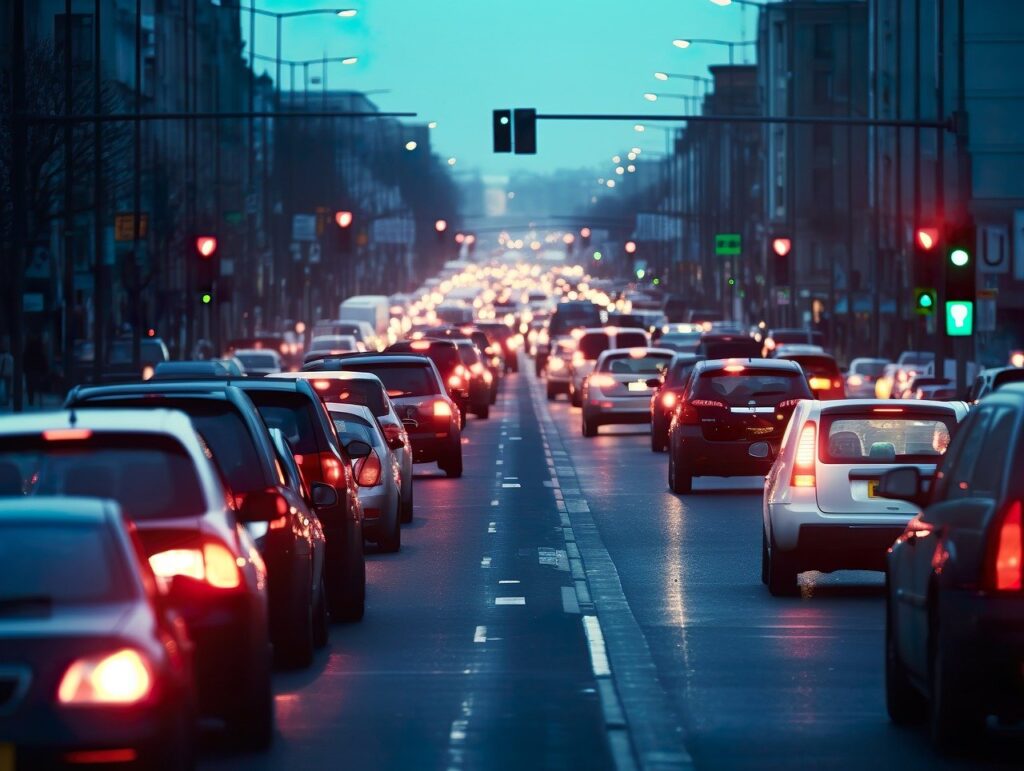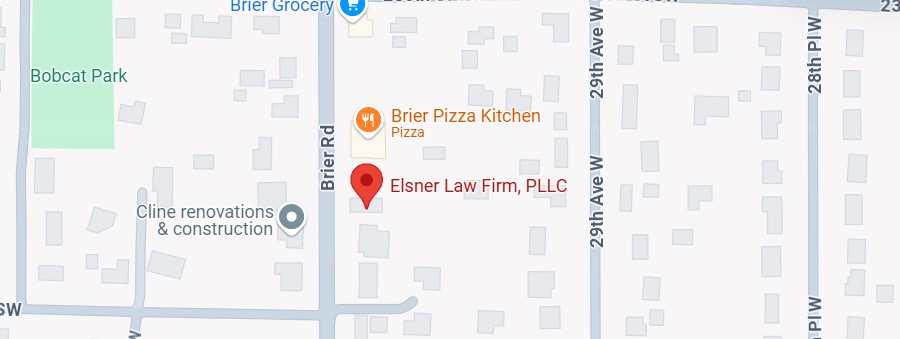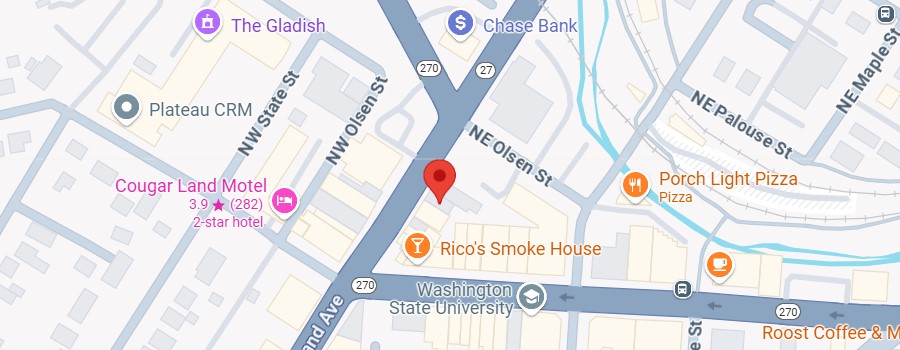Trucking companies have been using technology to monitor their drivers for years. One of the most controversial forms of technology is the driver-facing camera. These cameras are installed in the cab of the truck and record the driver’s actions while they are on the road. Related technologies include dash cameras, which record the road ahead, and in cab cameras, which monitor the interior of the vehicle. The purpose of these cameras is to improve safety and reduce accidents. However, they have also raised legal concerns about privacy and driver rights. Driver privacy concerns, especially regarding how footage is recorded and managed, are a major point of debate in the industry.
What Are Driver-Facing Cameras?
Driver-facing cameras are small cameras that are installed in the cab of a truck. They are typically mounted on the dashboard or the windshield and are pointed at the driver. These devices are capable of both continuous and event-based recording, depending on company policy.
These cameras record the driver’s actions while they are on the road, including their facial expressions, eye movements, and any distractions they may be engaging in. While video is always recorded, audio recording is often restricted or disabled due to privacy laws. The footage may then be analyzed by the trucking company to identify any unsafe driving behaviors or violations of company policies.
Introduction to Dash Cams
Dash cams, or dashboard cameras, are devices installed in vehicles to continuously record footage of the road and the vehicle’s surroundings. In the world of commercial vehicles, dash cams have become an essential tool for trucking companies looking to improve safety, reduce liability, and protect their business assets. Among these devices, driver-facing cameras stand out as a specialized type of dash cam designed to monitor the driver’s behavior and actions inside the cab. By capturing critical moments and identifying unsafe driving behaviors—such as distracted driving—these cameras provide valuable evidence in the event of an accident. For trucking companies, the use of dash cams and driver-facing cameras is a proactive way to make informed decisions, enhance safety protocols, and protect both their drivers and their fleet from potential risks.
Why Do Trucking Companies Use Driver-Facing Cameras?
Trucking companies use driver-facing cameras for a variety of reasons. The primary reason is to improve safety on the road. By monitoring their drivers, trucking companies can identify unsafe driving behaviors and take corrective action before an accident occurs. Driver-facing cameras are important tools for improving safety and accountability within the fleet. These cameras can also help to reduce the number of accidents caused by distracted driving, which is a major problem in the trucking industry. In the event of a near-miss or incident, footage can demonstrate a driver’s alert response to hazards, supporting claims of safe driving. Additionally, these systems give companies greater control over fleet safety and operational costs by allowing them to actively manage and oversee driver performance. Securing driver buy-in is crucial for the successful implementation of these technologies, as transparent communication and addressing concerns help foster acceptance and support.
In addition to improving safety, driver-facing cameras can also help trucking companies reduce their liability in the event of an accident. If an accident occurs, the footage from the camera can be used to determine who was at fault and to defend against any claims of negligence or wrongdoing. These cameras also help companies maintain account of driver behavior and ensure transparency between drivers and management.
Benefits for Truck Drivers
For truck drivers, the presence of dash cams and driver-facing cameras can offer significant advantages. One of the most important benefits is the ability to provide clear evidence in the event of an accident, which can help exonerate drivers from false claims and reduce personal liability. This recorded footage can be crucial in demonstrating that a driver was following safety procedures, protecting their reputation and job security. Additionally, dash cams can serve as a valuable feedback tool, allowing drivers to review their own performance and identify areas for improvement. By promoting a culture of safety and accountability, trucking companies can help drivers develop safer driving habits, ultimately reducing the risk of accidents. Knowing that their actions are being fairly documented can also give drivers peace of mind and a greater sense of security while on the road.
Implementation in Commercial Vehicles
The successful implementation of dash cams and driver-facing cameras in commercial vehicles is a critical component of modern fleet management. Fleet managers are responsible for ensuring that these cameras are properly installed—typically mounted on the windshield or dashboard to capture both the road ahead and the driver’s actions. Driver-facing cameras are specifically pointed at the driver to monitor behavior and ensure compliance with safety standards. By equipping their vehicles with these devices, trucking companies can record essential footage, improve safety, and protect their assets from potential liability. Proper installation and maintenance of these cameras are vital to ensure they function correctly and provide reliable evidence in the event of accidents or incidents.
Role of Fleet Managers in Monitoring
Fleet managers play a pivotal role in the effective use of dash cams and driver-facing cameras within commercial vehicles. Their responsibilities include overseeing the installation and maintenance of these devices, as well as regularly reviewing and analyzing the recorded footage. By monitoring the data collected from these cameras, fleet managers can quickly identify unsafe driving behaviors and provide targeted feedback or training to drivers. This proactive approach not only helps improve safety across the fleet but also enables the company to respond swiftly to incidents and protect drivers from false claims. By taking an active role in managing camera systems, fleet managers help reduce liability, prevent accidents, and safeguard both company assets and the well-being of their drivers.
What Are Some Concerns About Driver-Facing Cameras?
Despite the potential benefits of driver-facing cameras, there are also concerns about their use. One of the biggest concerns is privacy. Drivers may feel that their privacy is being violated by the constant monitoring of their actions, and some express discomfort with the feeling of being ‘watched’ even during breaks. There is also a misconception that these cameras are used to ‘spy’ on drivers, when in reality, the primary purpose is safety monitoring rather than surveillance for its own sake. They may also worry that the footage could be used against them in some way, such as to discipline them or terminate their employment.
Another concern is the potential for the cameras to be used to unfairly target certain drivers. For example, if a trucking company has a policy against cell phone use while driving, they may use the cameras to specifically monitor drivers who have been caught using their phones in the past. This could lead to discrimination or unfair treatment of certain drivers. Additionally, not all footage is ‘covered’ under privacy laws, and some recordings may be required to be disclosed in legal proceedings, raising further concerns about how the footage is handled.
What Are Some Relevant Laws?
The use of driver-facing cameras is regulated by both federal and state laws. Regulations can vary across the country and may differ in each jurisdiction. The Federal Motor Carrier Safety Administration (FMCSA) has issued guidelines for the use of driver-facing cameras and forward facing cameras in commercial vehicles, as well as dash cameras. These guidelines require that trucking companies obtain the consent of their drivers before installing the cameras. They also require that the cameras be used for safety purposes only and that the footage be kept confidential. Footage from driver-facing cameras and dash cameras may be admissible in court as evidence. Companies must cover their legal bases when implementing these technologies. Additionally, the integration of GPS with camera systems is important for compliance and monitoring.
In addition to federal guidelines, some states have their own laws regarding the use of driver-facing cameras. For example, in California, trucking companies are required to provide drivers with a copy of any footage that is used to discipline them. They are also required to notify drivers in writing before installing the cameras. Certain aspects of footage are covered under state and federal privacy laws.
How Can Camera Footage Affect A Lawsuit?
The footage from driver-facing cameras can have a significant impact on a lawsuit following a trucking accident. The primary use of driver-facing camera footage in a lawsuit is to help determine liability, and the importance of video evidence in these cases cannot be overstated. This footage can provide valuable evidence of the driver’s actions in the moments leading up to an accident, and both video from the vehicle exterior and the cab can be relevant. For instance, if the driver was distracted, fatigued, or not adhering to safety protocols, it can be clearly documented on the footage. In legal proceedings, certain types of footage are covered by disclosure requirements, meaning parties may be obligated to preserve and share relevant video evidence. These systems are commonly used in both long-haul and local delivery trucks.
In cases where compliance with trucking regulations is a key issue, driver-facing camera footage can serve as evidence. For example, if there is a question about whether the driver was complying with Hours of Service (HOS) regulations, footage showing the driver appearing fatigued or falling asleep at the wheel could support a claim of non-compliance.
Protecting Employees and Assets in the Trucking Industry
The adoption of dash cams and driver-facing cameras is a powerful way for trucking companies to protect both their employees and their valuable assets. These cameras provide objective evidence of safe driving practices, helping to reduce the risk of accidents and improve overall road safety. For truck drivers, this means added protection against false claims and a greater sense of security while performing their job. For companies, the use of these cameras can lead to lower insurance premiums, reduced liability, and minimized financial losses from accidents or fraudulent claims. By demonstrating a commitment to safety and accountability, trucking companies not only protect their workforce but also enhance their operational efficiency and reputation within the industry.
How Can an Experienced Lawyer Help?
If you have been involved in an accident with a trucking company that uses driver-facing cameras, contact Elsner Law Firm at 206-447-1425 for a free case evaluation. An experienced lawyer can help you to build a strong case and to negotiate a fair settlement with the trucking company’s insurance company. They can work with accident reconstruction experts and medical professionals to gather evidence and to demonstrate the extent of your damages.
In addition, a lawyer can help to protect your privacy and to ensure that your rights are respected throughout the legal process. They can advise you on the best course of action and help you to make informed decisions about your case.






